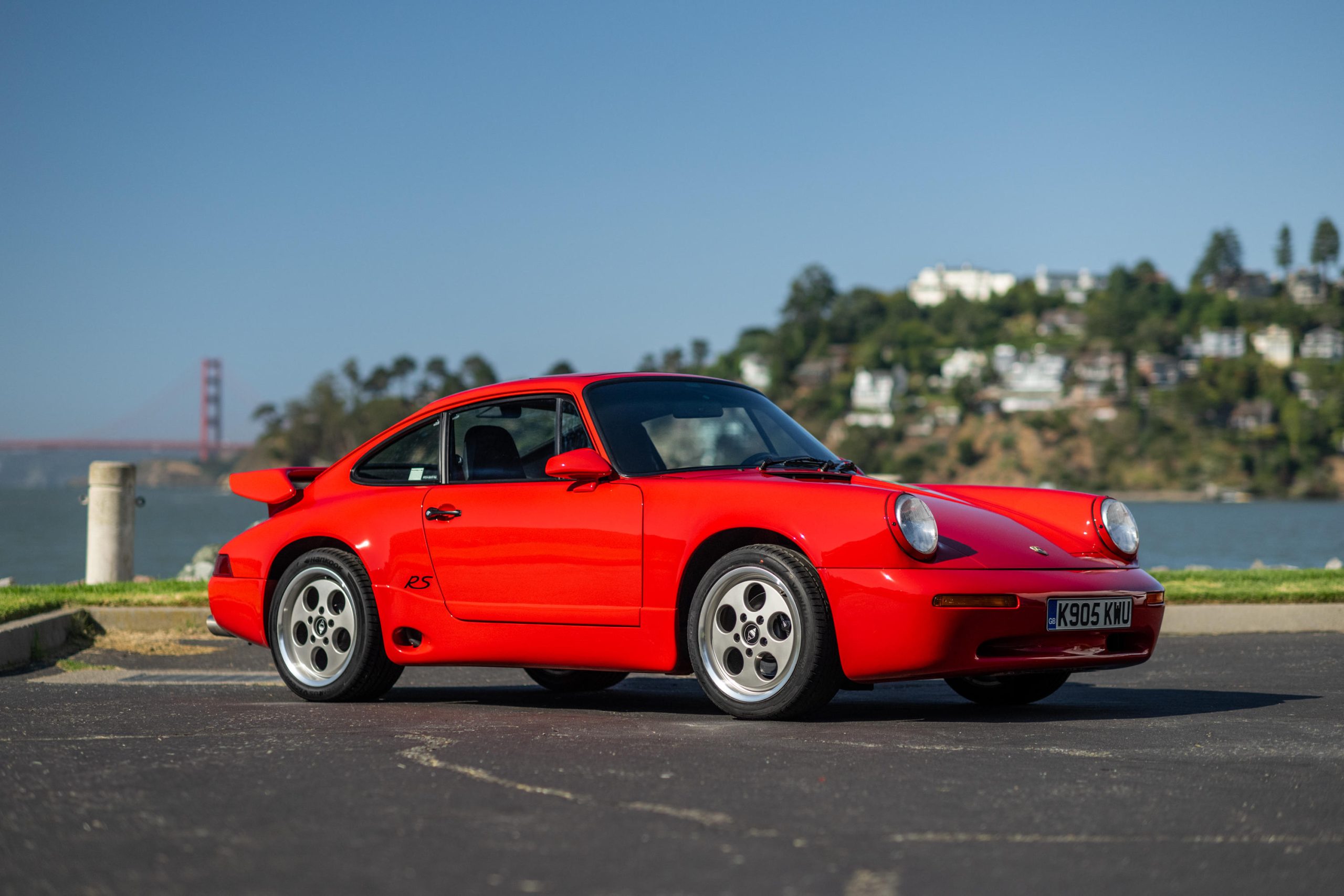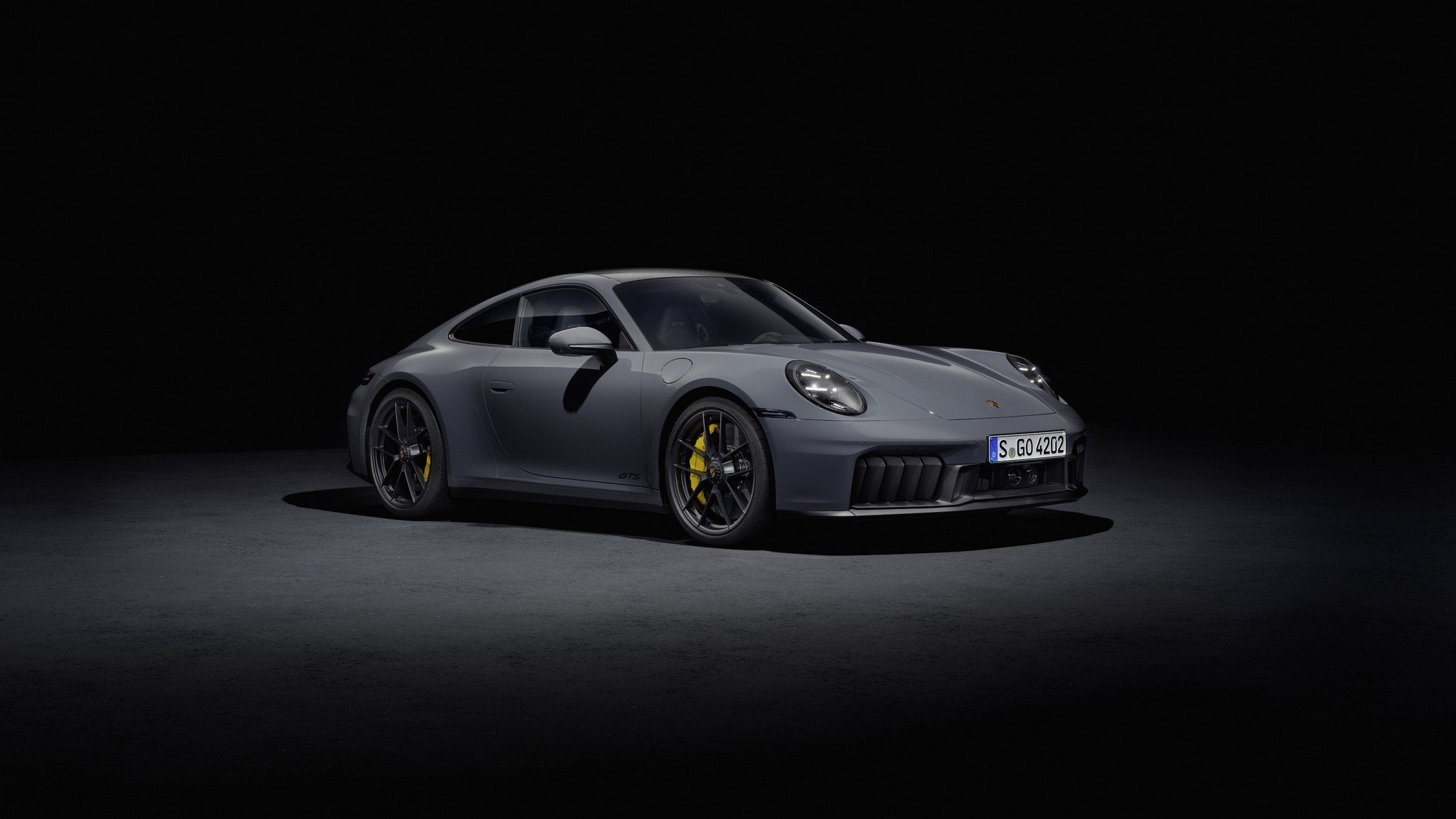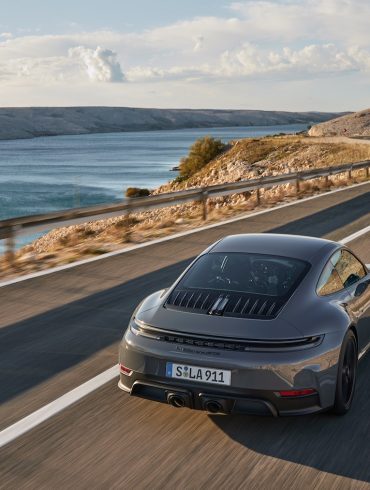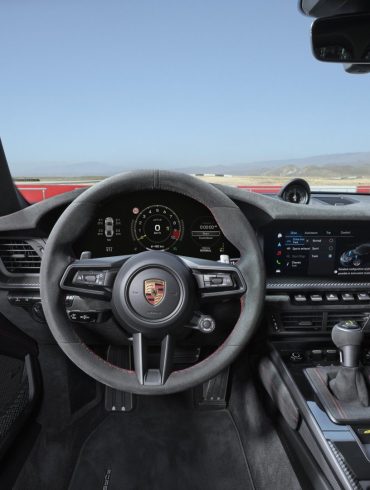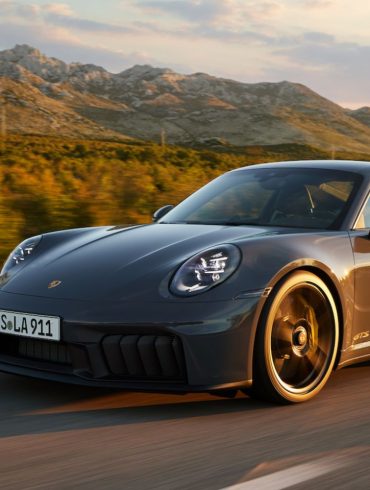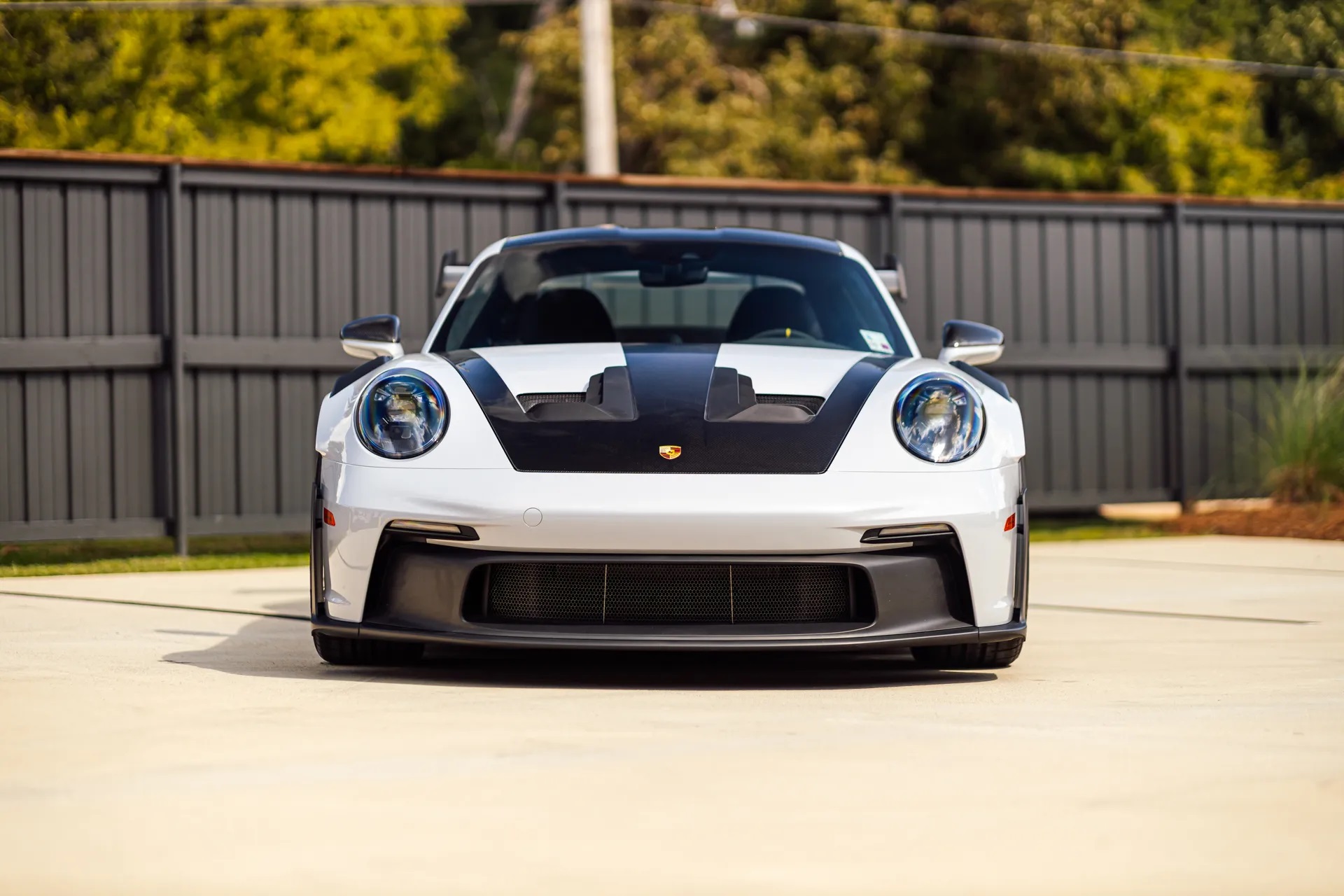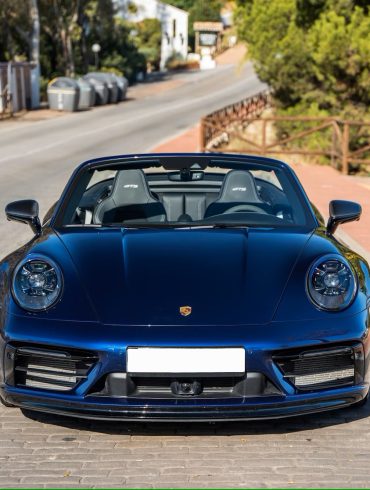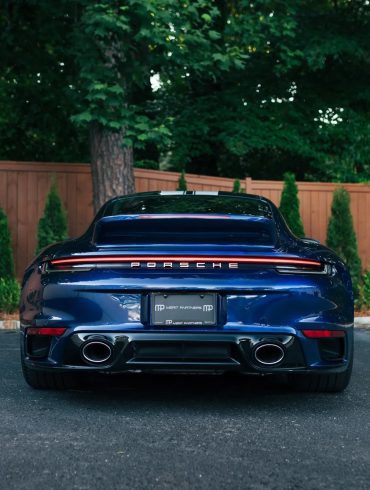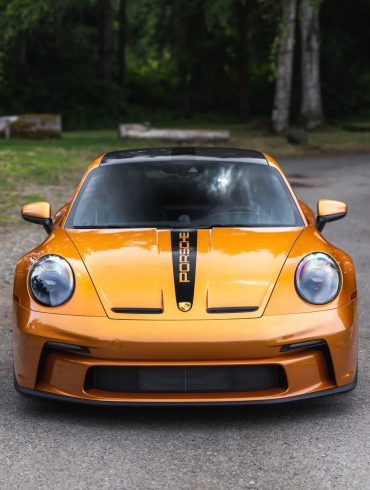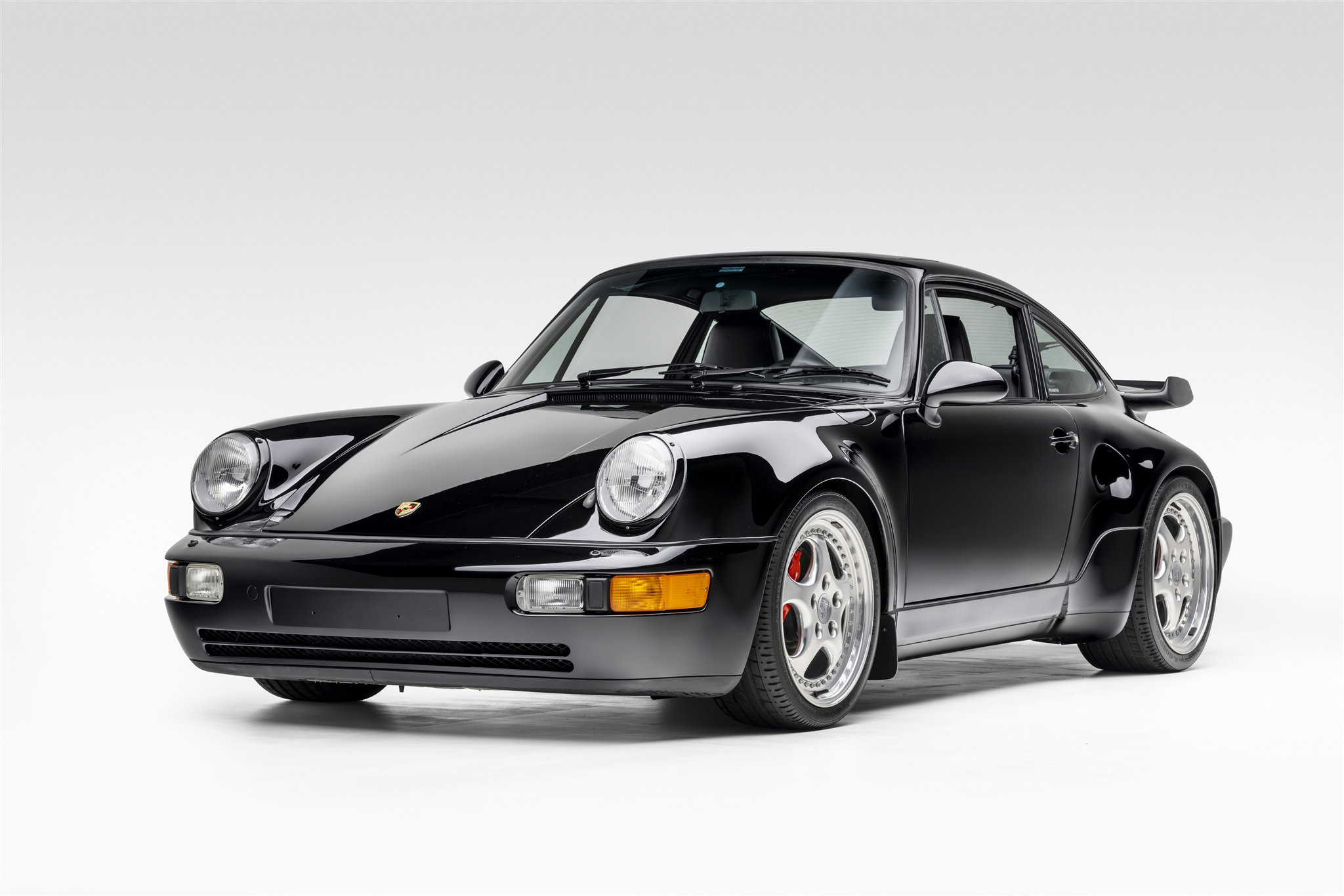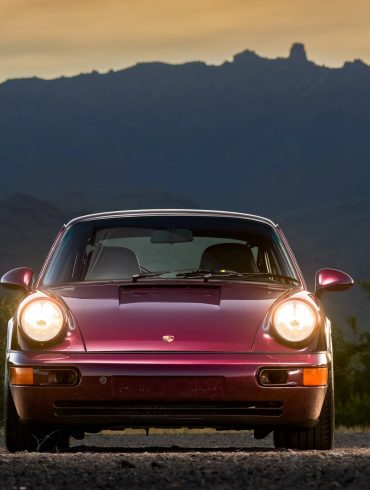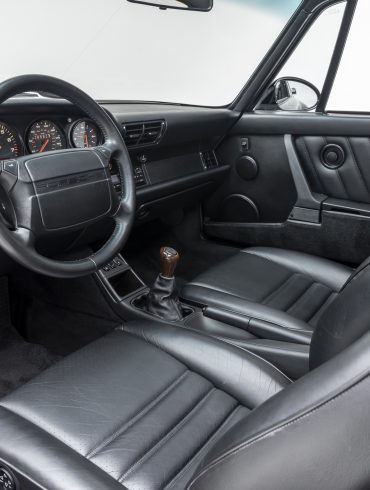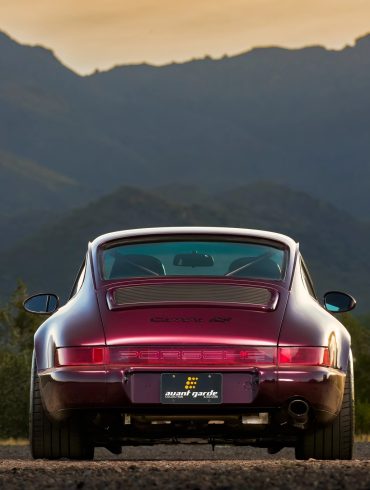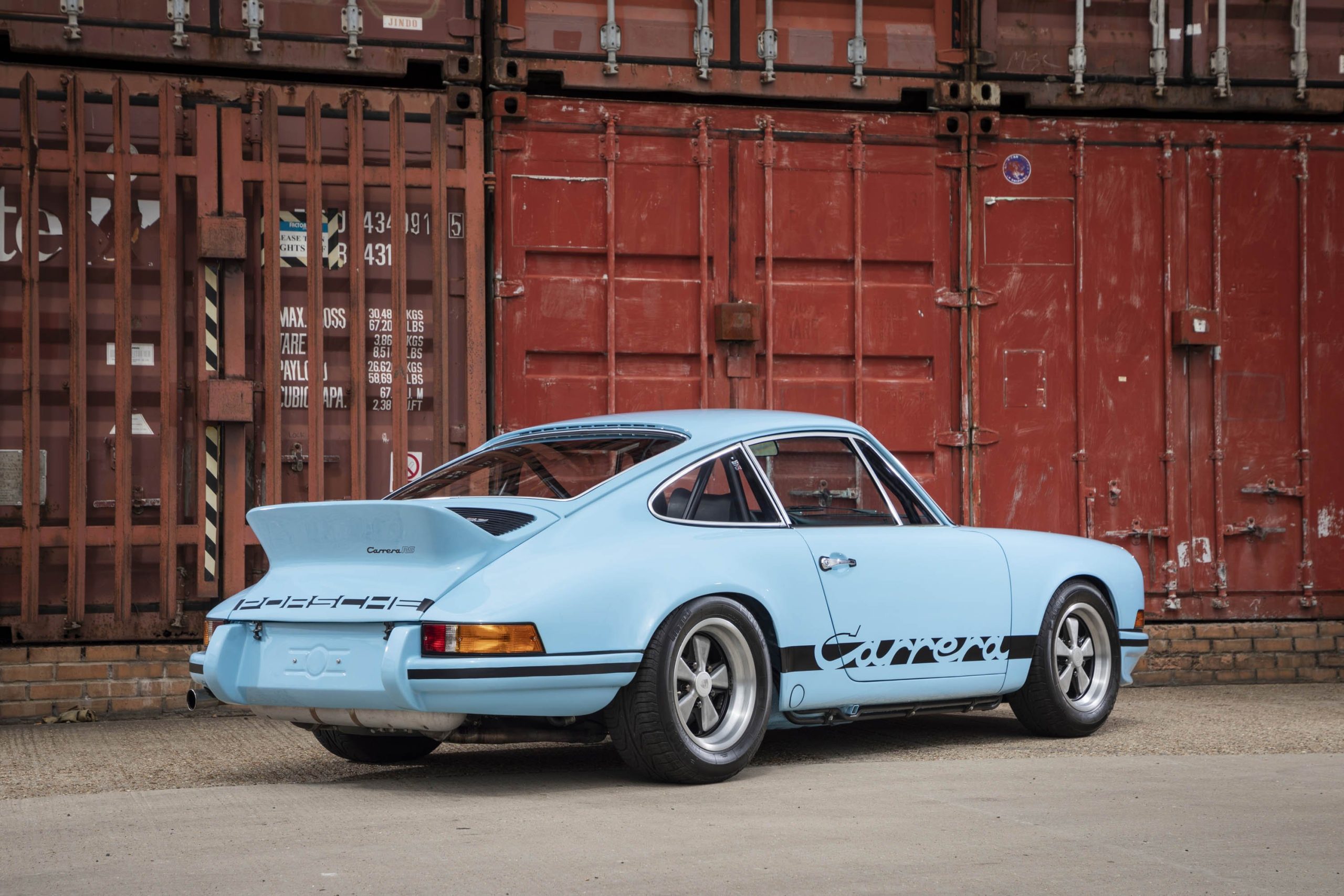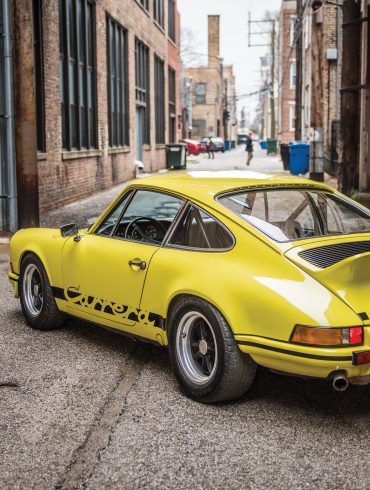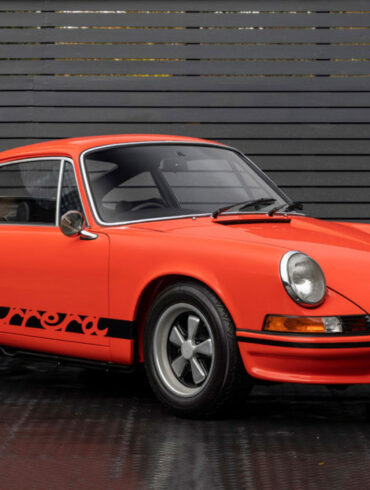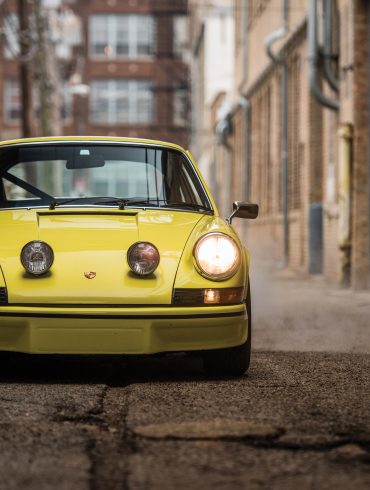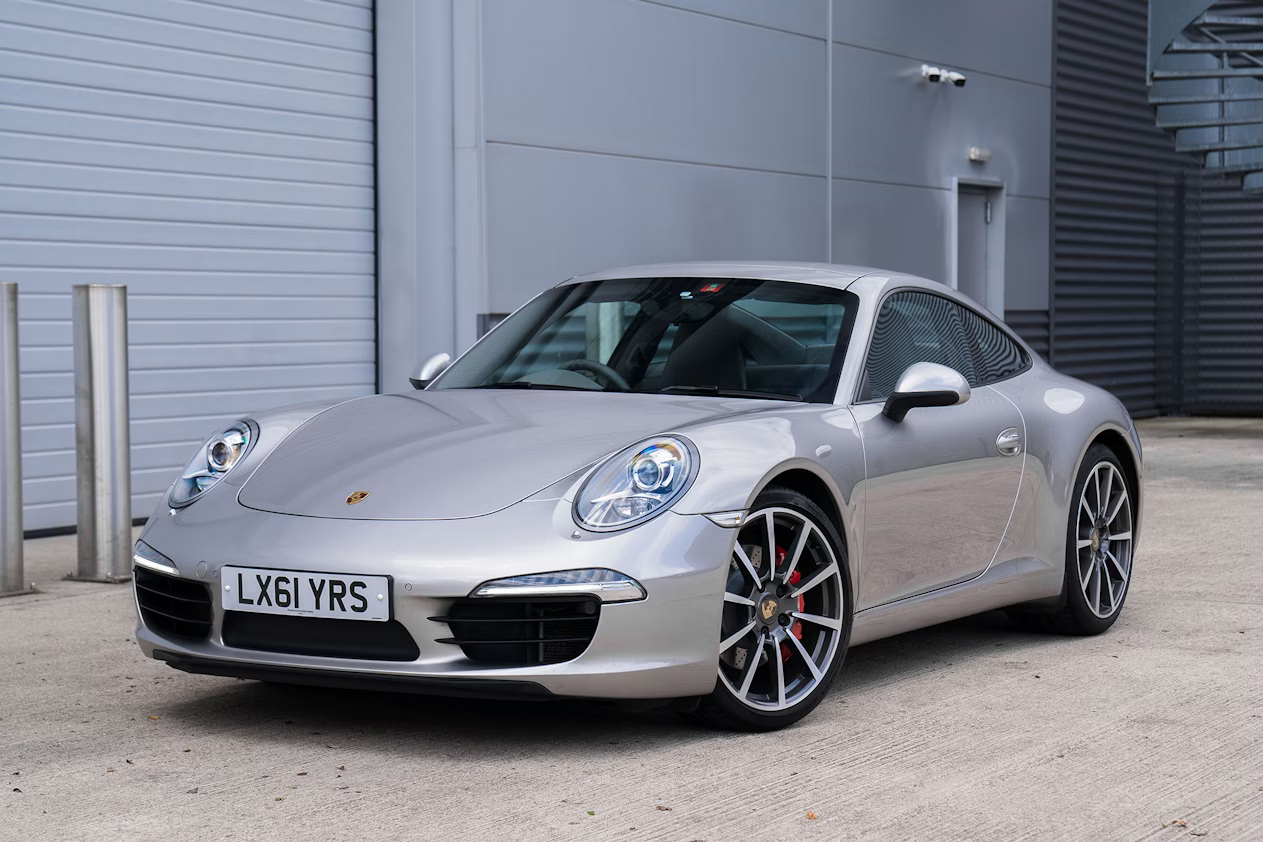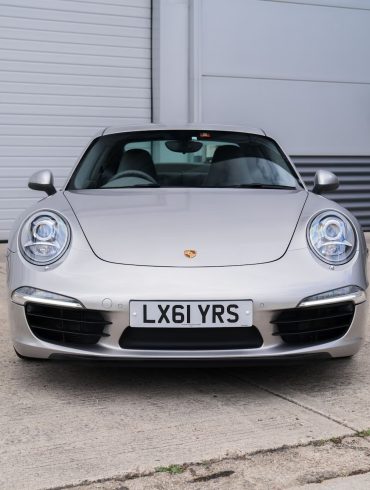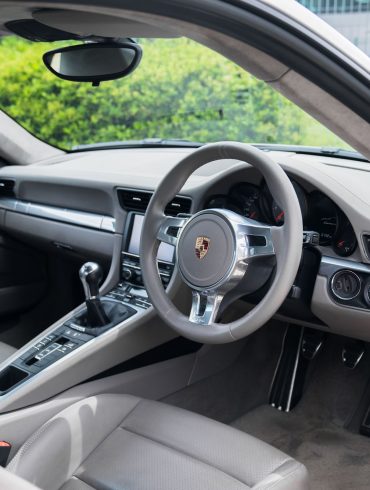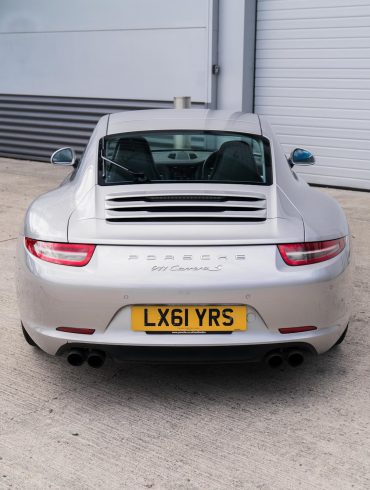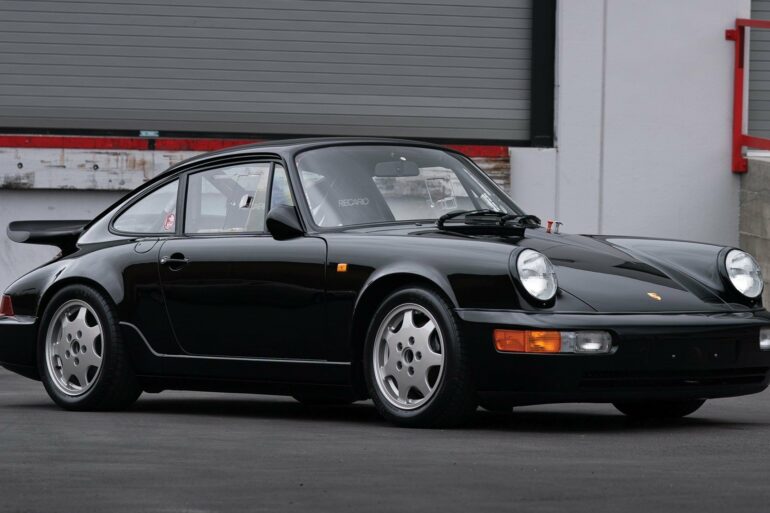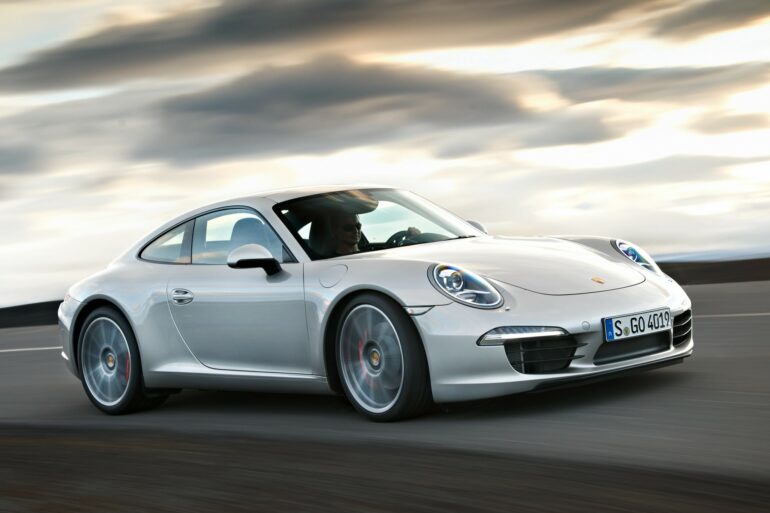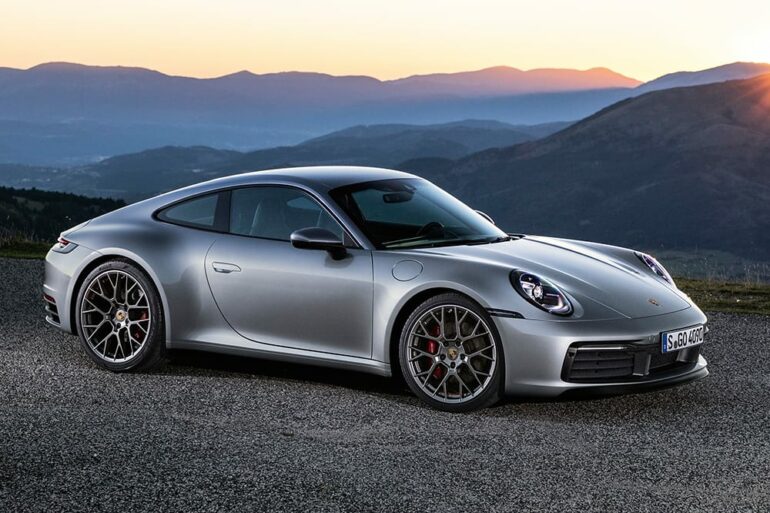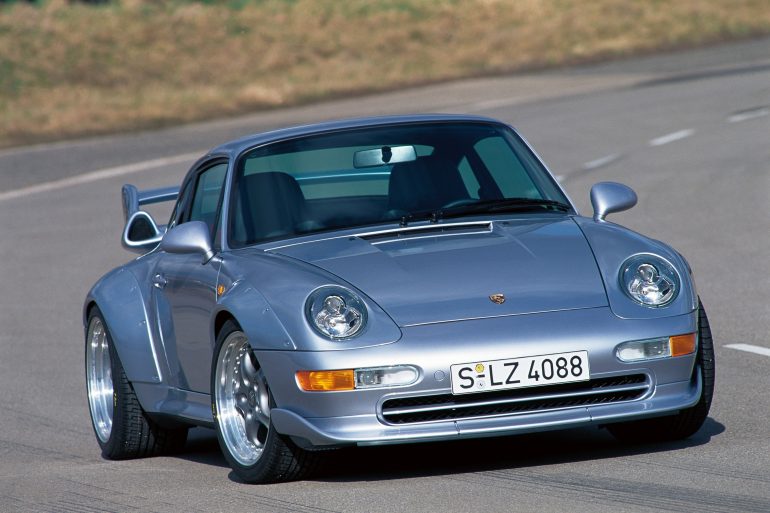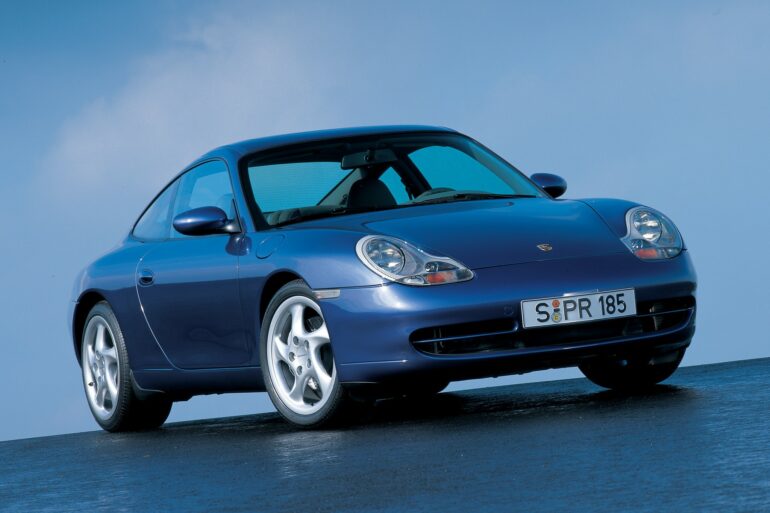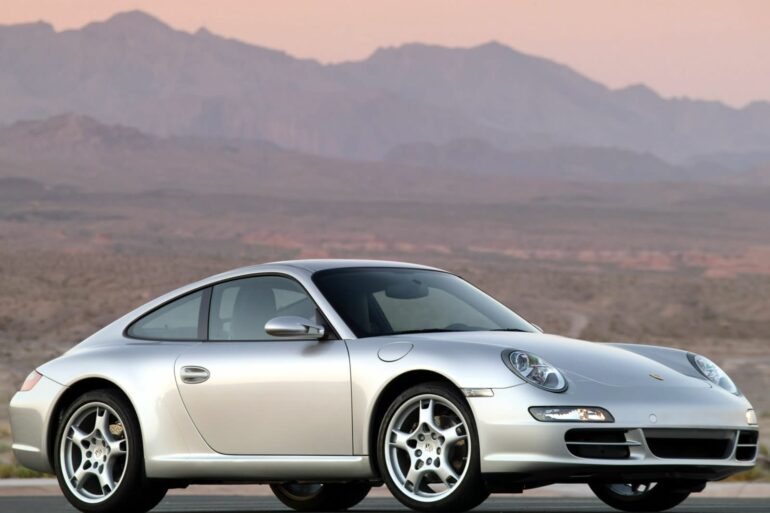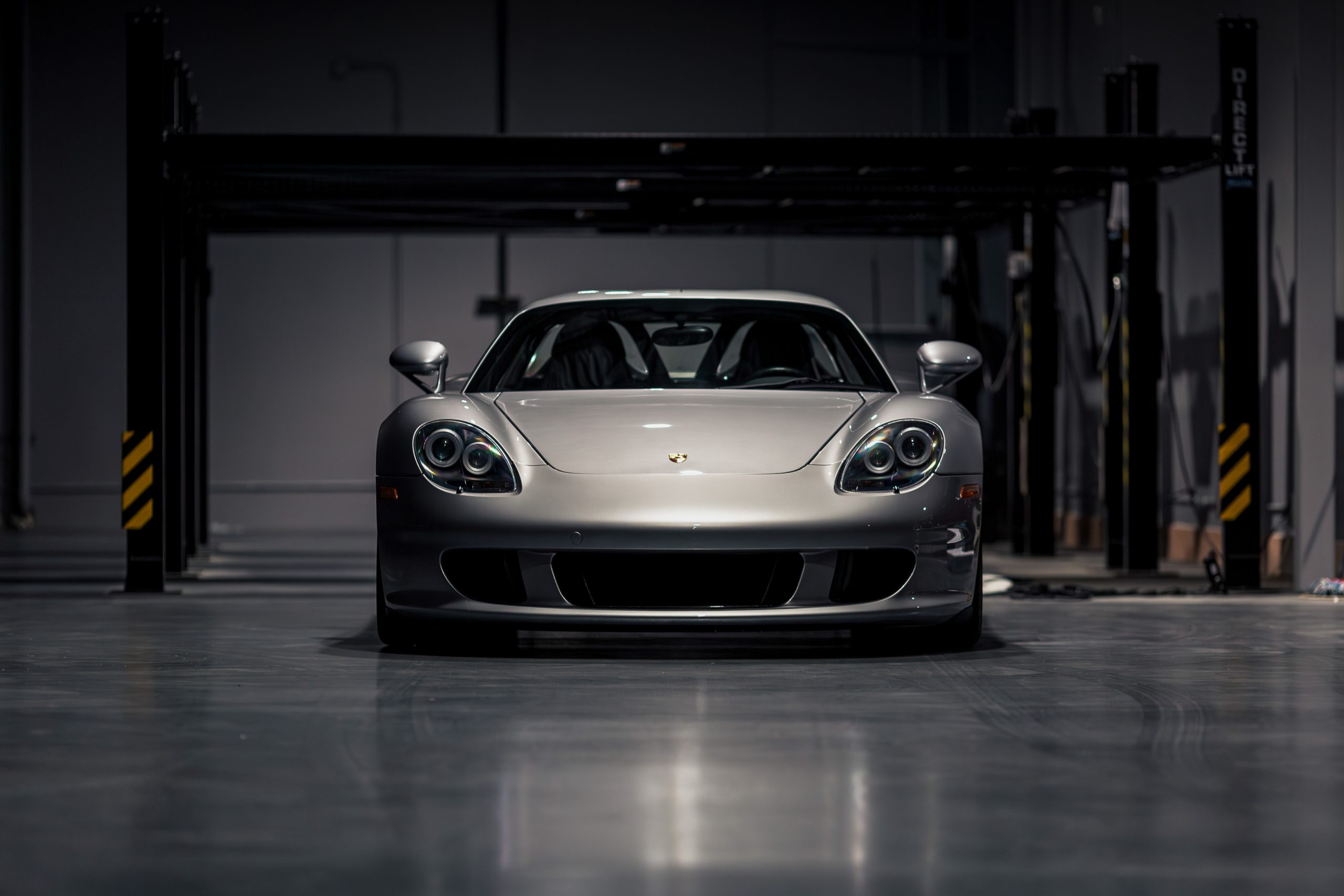About Our Selections
The first Porsche broke cover in 1963 at the Frankfurt International Auto Show. Then, it was known as the Porsche 901. However, the German automaker subsequently rebranded the car as the 911 due to a naming rights dispute with Peugeot, and the iconic model we know today was born.
Today, the Porsche 911 is six decades and eight generations old, and on current evidence, the nameplate will still be around for a lot longer. The 911's journey is littered with memorable models, from its humble roots as a 4-cylinder sports car to today's performance monsters.
The list of most desirable model years presented here is by no means exhaustive. The selection is essentially a subjective endeavour, with factors like personal preference, performance, rarity, and historical significance all playing a role.
Ultimately, the 'most desirable' 911 is the one that resonates most deeply with each enthusiast. Whether it's the raw, air-cooled experience of the early models, the technological advancements of later generations, or the timeless elegance that runs through the entire lineage, the Porsche 911 continues to captivate and inspire, ensuring its place as an automotive legend for generations to come.
2025 Porsche 911
One of the most anticipated model years in recent times.
Why It's On The List
Porsche's latest 911 model lineup is chocked full of the latest performance-enhancing technology and design tweaks, enough to keep the fleet at the apex of the performance car segment.
For instance, the front end has been restyled and now incorporates five vertical louvres bracketing the lower front air intake. The active shutters help channel air to cool the radiators and brake.
A new decklid grille and an updated light strip with Porsche lettering are the major changes at the rear end. The interior has been updated and now includes a fully digital dashboard for the first time.
However, the biggest news is undoubtedly the addition of a hybrid powertrain to the lineup. That setup is reserved for the GTS trim for now, where it helps the car make up to 532 hp.
The lightweight 911 T, with a 388-hp flat-six and 6-speed manual, remains in the lineup for those who prefer a pure, no-frills driving experience.
2025 Porsche 911 GTS Engine & Drivetrain Specifications
Engine: 478 hp 3.6L turbocharged flat-six
Electric AC Motor: 53 hp
Battery Pack: 1.9 kWh battery
Combined Power and Torque : 532 hp and 449 lb-ft
Transmission: 8-speed dual-clutch automatic transmission
Powertrain: Rear- or All-wheel-drive
Known For
The Porsche 911 goes hybrid.
There's a Turbo S 50 Years Special Edition, marking 50 years of the 911 Turbo.
Learn More
2023 Porsche 911
The hugely impressive 911 (991.2) GT3 RS gets a worthy replacement.
Why It's On The List
The already large 911 family expanded even further for the 2023 model year. There was the 911 GTS Cabriolet America Edition, introduced for the North American market, commemorating the 70th anniversary of the 1953 356 America Roadster.
Porsche also introduced an off-road version of the Porsche 911, following what Lamborghini did with the Huracan. Dubbed the 911 Dakar, the sports car boasts knobby offroad tires, a lifted suspension and the same powertrain as the Carrera 4 GTS.
Another big news with the 2023 Porsche 911 model year is the replacement of the 911 (991.2) GT3 RS. The new 911 (992.1) GT3 RS debuted with one of the largest wings Porsche has ever fitted on a Production car. There's also a motorsports-inspired aerodynamics package and a punchy naturally aspirated flat-six pushing over 500 hp.
There's also the non-RS GT3 model, available as the regular winged model, and a Touring variant offered sans rear wing for a more toned-down appearance.
2023 Porsche 911 (992.1) GT3 RS Engine & Drivetrain Specifications
Engine: 4.0L naturally aspirated flat-six
Power: 518 hp @ 8,500 rpm
Torque: 342 ft-lbs @ 6,300 rpm
Transmission: 7-speed dual-clutch automatic transmission
Powertrain: Rear-wheel-drive
Known For
The brand celebrated its 70th year of selling cars in the North American market with a couple of special edition models.
The top-trim 911 (992.1) GT3 RS joined the lineup with innovative motorsport-derived features like the DRS feature in the wing.
Learn More
1994 Porsche 911
Why It's On The List
The 1994 model year was another highlight moment for the Porsche 911, with the Type 964 model being replaced by the Type 993.
The 993 marked the start of the fourth generation of the 911, and it was much more than a change in nomenclature. The 911 underwent significant design and mechanical changes.
The new design retained the signature 911 profile, but some of the exterior body panels had been updated. The front wings of the 993 were wider and flatter. The rear wings were also widened and now ran in a straighter line towards the rear with higher-positioned taillights.
The 1994 model year marked the start of an era's end for the 911, with the models from the 1999 model year onwards, featuring water-cooled engines.
This final iteration of the air-cooled 911, with its refined handling, robust and reliable engines, and timeless design, has become highly sought after by collectors and enthusiasts.
1994 Porsche 911 (993) Carrera Engine & Drivetrain Specifications
Engine: 3.6L naturally aspirated flat-six
Power: 268 hp @ 6,100 rpm
Torque: 243 ft-lbs @ 5,000 rpm
Transmission: 6-speed manual transmission (optional 4-speed Tiptronic automatic transmission)
Powertrain: Rear-wheel-drive
Known For
The 1994 - 98 Porsche 911 (Type 993) was Porsche's last air-cooled sports car, offered in at least 3 body styles.
Porsche invested 4 years of development work and over $200 million in the 911 (Type 993).
Learn More
1973 Porsche 911
This model year witnessed the emergence of one of the most iconic 911 models.
Why It's On The List
It was in 1973 that another important chapter was written in the history of the 911 - the emergence of the 911 Carrera RS 2.7. Arguably the most famous 911 ever made, the 1973 911 Carrera RS 2.7 was produced to homologate the 911 RSR race car for GT racing.
The car boasted a lightweight construction and a new 911/83 2.7-litre engine, a combination that made the car one of the fastest production vehicles of its era.
Apart from the groundbreaking Carrera RS 2.7, Porsche also revamped the entire lineup, introducing an entirely new 911 generation dubbed the G-Series. One of the design highlights was the bellows-style sections on the sides of the bumpers to meet the strict safety regulations in the US. The car also featured considerably fewer chrome parts, which were considered outdated at the time.
Also, to help address the power loss resulting from decreased compression ratios due following a switch to lower-octane unleaded fuel, the engine displacement for the 1973 911 models was increased to 2.4 litres (apart from the Carrera RS 2.7 with a 2.7-litre engine).
1973 Porsche 911 Carrera RS 2.7 Engine & Drivetrain Specifications
Engine: 2.7L flat-six fuel-injected
Power: 210 hp @ 6,300 rpm
Torque: 188 ft-lbs @ 5,100 rpm
Transmission: 5-speed manual transmission
Powertrain: Rear-wheel-drive
Known For
1973 marked the end of the longhood 911 design. A change in bumper crash standards necessitated a change in the 911's body style in 1974.
The famous 'ducktail' spoiler on the 911 Carrera RS 2.7 was a first for any Porsche 911 model.
Learn More
2011 Porsche 911
The 991-gen is born.
Why It's On The List
The 991 generation saw significant advancements in chassis technology. A wider track, a 10 cm longer wheelbase, and the introduction of adaptive aerodynamics significantly enhanced the 911's handling and stability.
These modifications, combined with a newly developed platform featuring a stiffer lightweight body constructed from aluminum and steel, resulted in a weight reduction of 80 kg compared to its predecessor.
The interior was also redesigned, partly inspired by the Porsche Carrera GT supercar. Among other tweaks, the 991 gained a high-resolution infotainment screen to operate the new Porsche Communication Management (PCM) system.
The 991 initially featured a 3.4-litre naturally aspirated flat-six engine producing about 345 hp. Despite the reduced displacement, the introduction of twin-turbochargers boosted power output. This combination of downsized turbocharging and a newly developed seven-speed manual transmission, a world-first, greatly elevated the driving experience.
2011 Porsche 911 (991) Carrera S Engine & Drivetrain Specifications
Engine: 3.8L flat-six
Power: 395 hp @ 7,400 rpm
Torque: 325 ft-lbs @ 5,600 rpm
Transmission: 7-speed manual transmission (optional 7-speed PDK transmission)
Powertrain: Rear-wheel-drive
Known For
The 991 is the 911 generation of which the most models have been built, with well over 200,000 units produced.
The one millionth Porsche 911 is a 991-gen model - the car, a 911 Carrera S rolled off the assembly line at Porsche's plant in Zuffenhausen, Germany.


